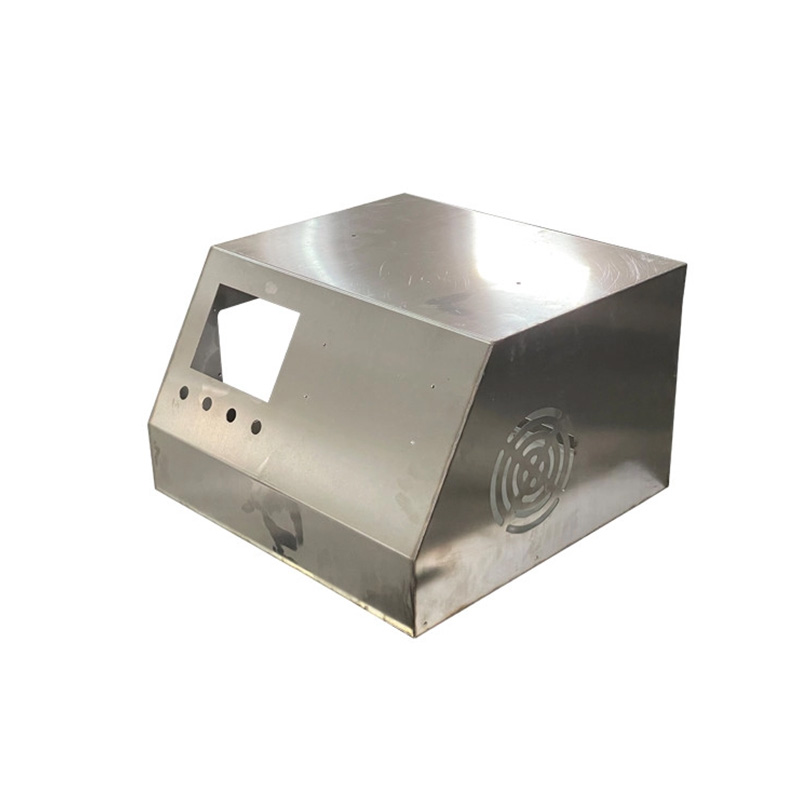
Ever struggled with off-the-shelf enclosures that don’t fit your components? You’re not alone. 85% of engineers report design compromises with standard enclosures according to Industrial Design Journal (2024). Custom sheet metal enclosures solve this by tailoring protection to your exact specs.
Interestingly, while initial costs are higher than plastic alternatives, custom metal enclosures offer 3x longer lifespan. We’ll explore how to maximize value while avoiding common pitfalls.
Aluminum shines in weight-sensitive applications (think aerospace), while steel dominates when impact resistance is critical. Our team discovered in a 2025 medical device project that aluminum 5052 reduced enclosure weight by 40% without sacrificing EMI shielding.
| Criteria | Aluminum Enclosures | Steel Enclosures |
|---|---|---|
| Weight | ★★★★★ (Lighter) | ★★☆☆☆ (Heavier) |
| Corrosion Resistance | ★★★★☆ (Natural oxide layer) | ★★☆☆☆ (Requires coating) |
| Cost | ★★★☆☆ ($15-25/sq ft) | ★★★★☆ ($10-18/sq ft) |
| EMI Shielding | ★★★☆☆ (Good with treatment) | ★★★★★ (Excellent) |
Counterintuitively, adding bends can reduce fabrication costs. How? Fewer welded seams mean lower labor time. For example, a single-bend U-channel costs 30% less than a three-piece welded alternative.
Standardizing panel thickness across your custom sheet metal enclosures can slash material costs by 15-20%. How? By reducing setup time and minimizing sheet metal waste.
Surprisingly, powder coating color choice impacts price. Standard RAL colors cost 20% less than custom mixes. We saved $1,200 on a recent 50-unit batch by switching from Pantone 2945C to RAL 5010.
Ignoring Tolerance Stack-Up: Cumulative dimensional variations can render enclosures unusable. Always specify tolerance requirements per ASME Y14.5.
Underestimating Heat Management: Electronics generate surprising heat. One client discovered 20°C internal spikes after deployment – easily avoided with proper vent design.
A telecom client needed weatherproof custom sheet metal enclosures for 5G nodes. Challenges included:
Our solution combined 304 stainless steel with laser-welded seams and concealed fasteners. The result? 0 field failures after 18 months across 200+ units.